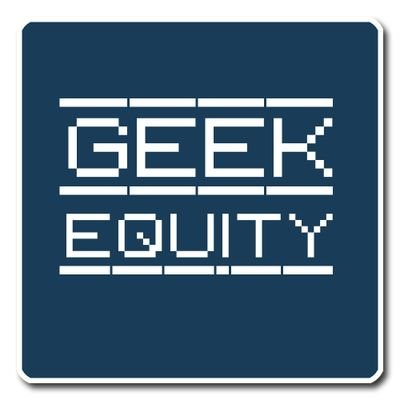In this blog, Eva Silfver shares some of her reflections that came up during a workshop concerning Widening participation & Inclusive curriculum. The workshop was held at her department and led by Professor Ann Phoenix, UCL, London in the UK, who has a visiting professorship at Umeå University, Department of Education.
One of the starting points for me and my research colleagues’ on this ‘Geek project’ is to make STEM (Science, Technology, Engineering and Mathematics) education more inclusive. It was therefore natural for me to join a workshop about widening participation. As a background for the workshop Ann Phoenix talked about the shift within universities from elite to mass education and the commitment in Europe to widening participation. She highlighted the need for an inclusive curriculum. An inclusive curriculum, she said, ‘aims to ensure that the principles of inclusivity are embedded within all aspects of the academic cycle: curriculum and module design, teaching and learning practice, and assessment’. In this blog I share some of the things the workshop made me reflect upon.
The student of today?
Our discussions in the workshop reminded me of the need to reflect more on which students I meet in my teaching. It is easy to get stuck in a discourse of today’s students as quite sluggish and uninterested, bad at expressing themselves in writing, not spelling correctly, and wanting to know exactly which pages they must read to pass the exam.
Instead of complaining however, I need to take responsibility for making my teaching more accessible – not least for first-generation students. The workshop discussions made visible to me that although a huge part of my research focus is on educational practices in relation to equality, my own teaching is not particularly imbued with the inclusion of different types of students, their different experiences, and backgrounds.
Instead, I take many things for granted, such as the meaning of a seminar, how you know the difference between a research article and other articles, and how to read and use the course literature. These are things it should be obvious to explain to new students – but that are easy to forget. Therefore, we need to develop strategies for an inclusive classroom and curriculum. For instance, give an introductory course to new students, talk about the university as a place for teaching and research, and highlight things that we take for granted, for example, how university studies differ from studying in school.

Whose knowledge and experiences are recognised and drawn on in the classroom? And how?
We also discussed processes of inclusion, which made me think about how easy it is to only recognise and remember the students who engage in discussions, and those who make contact before or after a seminar or lecture. These are, probably, students who are more used to the university context, and trained to discuss and make arguments. When I teach, I tend to turn to them if for example no one responds, when I invite students to interact. It is of course more convenient for me, although it might not be the best for the students. I suppose I more easily include students who engage in ways that I take for granted, and students who remind me of myself. Silent students who never ask questions can become ‘invisible’ to me, or I see them as uninterested in their studies.
So, how I talk to students, and how I invite students into discussions are things I must develop in my own teaching. What further struck me during the workshop was that at my department we nearly always assess students through individual, reflective essays. Reflecting on that helps me to see how we construct knowledge in a specific way.
To summarise, the workshop was helpful in making me both reflect on earlier teaching situations and to look ahead and plan for a more inclusive education.

